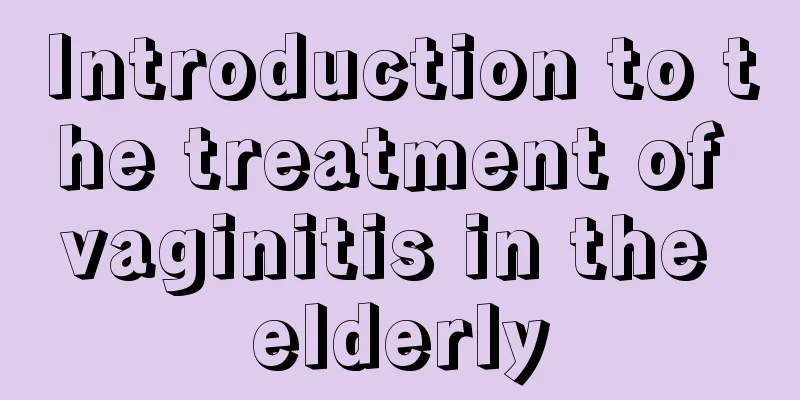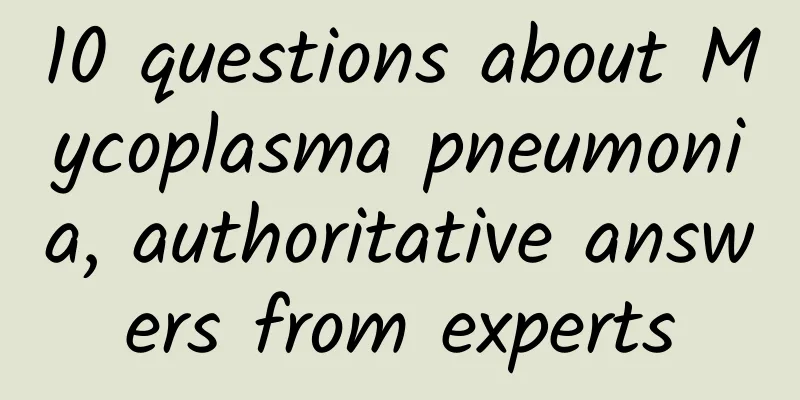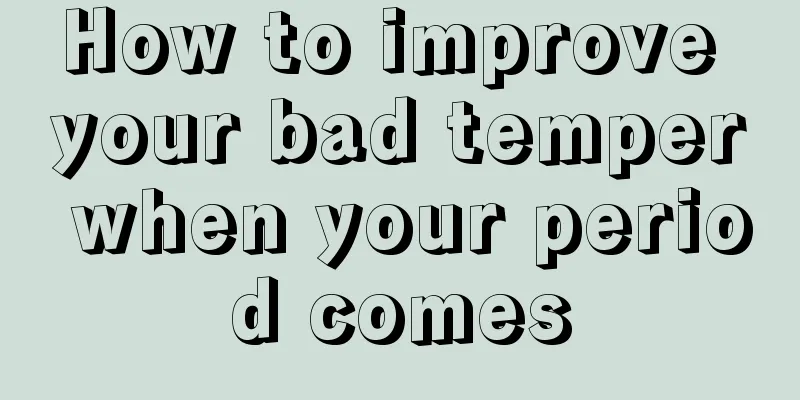Pain in both upper chest areas

|
This characteristic of pain in the upper part of the chest is very similar to the symptoms of breast hyperplasia. Breast hyperplasia is a very common breast disease. Although it is highly prevalent, we cannot determine that we have the disease based on just one symptom. We also need to fully understand the situation of breast hyperplasia and make a comprehensive judgment based on our own condition. Next, let’s take a look at breast hyperplasia. Breast hyperplasiaCauses Under the influence of endocrine hormones, especially estrogen and progesterone, the breast will undergo changes in proliferation and involution as the menstrual cycle changes. Due to certain reasons, endocrine hormone metabolism is unbalanced and estrogen levels increase, which can lead to excessive breast tissue proliferation and incomplete restoration. After a period of time, the hyperplastic breast tissue cannot completely disappear, resulting in breast hyperplasia. Clinical manifestations There are different characteristics in different age groups. The main symptoms of unmarried women, married women without children, and women who have not yet breastfed are breast swelling and pain, which can affect both sides at the same time, but are usually more severe on one side. There is obvious breast pain before menstruation, which is relieved and gradually stops after menstruation. The pain reappears before the next menstruation. The whole breast has a diffuse nodular feeling and is accompanied by tenderness. The main symptoms for women after the age of 35 are breast lumps, with mild breast pain and tenderness that are not related to the menstrual cycle. When you touch the breast with your hands, you can feel nodules of varying sizes, oblate or irregular shapes, and flexible textures. The boundaries are unclear, and there is no adhesion to the skin and deep tissues. The nodules can be pushed. After the age of 45, it often manifests as single or multiple scattered cystic tumors with clear boundaries, often accompanied by dull pain, distending pain or burning sensation. In postmenopausal women, breast glands atrophy and cystic lesions become more prominent. The severity of breast pain has no correlation with the presence and range of nodules, and the pain may radiate to the armpits, shoulders and back. A small number of patients may experience nipple discharge. Since the cause of the disease comes from endocrine dysfunction, in addition to breast symptoms, there may also be irregular menstruation, bad temper, anxiety, anger, sweating and other symptoms.
Fibrocystic breast disease is caused by endocrine dysfunction. For those with mild breast pain, you can adjust your psychology and buffer stress. For those with severe pain, traditional Chinese medicine treatment and regular check-ups are recommended. 1. Psychotherapy The occurrence of breast hyperplasia is often related to fatigue, irregular life, mental stress and excessive pressure. The first step in treating breast hyperplasia is to relieve stress from life and work, eliminate worries, feel happy and have a peaceful mind, and the symptoms can be relieved. 2. Treatment with traditional Chinese medicine Traditional Chinese medicine believes that breast hyperplasia begins with liver depression, and then blood stasis and phlegm coagulate into lumps. The treatment should be to soothe the liver and regulate qi, promote blood circulation and remove blood stasis, soften and disperse nodules. Bupleurum, white peony, Cyperus rotundus, citrus leaf, Salvia miltiorrhiza, and earthworms are commonly used medicines in traditional Chinese medicine prescriptions. Some patients can also take patent Chinese medicines, such as: Sanjieling, Rukuaixiao, Runing, Rukangpian, Xiaoyaosan or Danzhi Xiaoyaosan (jiawei Xiaoyaosan), etc. On the premise of excluding breast malignancy, external treatments of traditional Chinese medicine can also be tried, such as: Chinese medicine bras, acupuncture, massage, etc.
Hormone drugs, iodine preparations and tamoxifen can be used to relieve pain, but they are not the first choice because of certain side effects. Vitamins A, B6, and E also have the function of regulating sex hormones and can be used as auxiliary medications for breast hyperplasia. 4. Surgery Fibrocystic breast disease is caused by endocrine metabolic imbalance and has no surgical indications. In clinical practice, if individual breast nodules are difficult to distinguish from breast cancer, surgical resection can be used and the diagnosis can be confirmed by pathological examination. |
>>: Three successful experiences of ovulation promotion
Recommend
Can I eat yellow croaker during menstruation?
Health care during menstruation is very important...
How to choose green beans? How to tell if green beans are bad?
Green beans are a common edible bean in our daily...
Is 34B breasts small?
Many female friends don't really know much ab...
Can regular sun exposure help enlarge breasts?
Many people think of some methods to enlarge thei...
Endometriosis pregnancy solution
We all know that endometriosis is particularly pr...
How do diabetics survive the dog days of summer (Strategy 3)
The hot summer days are unbearable, often making ...
Meat grains on lower body
The symptom of fleshy lumps on the lower body may...
How to increase the water below?
If women want to improve the quality of their sex...
What should women do if they have inflammation during intercourse?
Diseases such as inflammation are one of the most...
Warts at vaginal opening
If some warty growths grow at the vaginal opening...
Lung cancer: exploring its mysteries and prevention and treatment
Lung cancer, as one of the most common malignant ...
What are the side effects of ovulation-stimulating injections?
Some female friends are very distressed that they...
Why do pregnant women feel tired?
Many women feel particularly tired after becoming...
What is the reason for delayed ovulation?
Women's ovulation period, like their menstrua...









